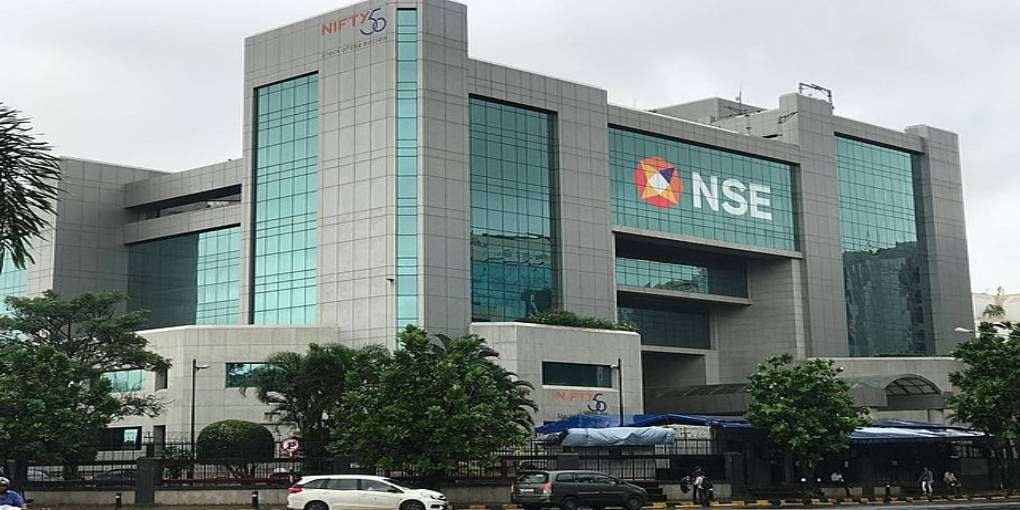NSE mulls longer trading hours, small traders to be impacted most
If approved, these timings would be extended to NSEs derivatives market. Currently, the market operates between 9 am to 4 pm.

The National Stock Exchange (NSE) is mulling over gradually extending the trading hours on the bourse, subject to SEBIs nod.
NSE MD and CEO Ashish Kumar Chauhan was reported saying that discussions in this regard have already begun. “We have already started the consultation with broker members on how to increase trade timings at least in a more convenient way for office-goers in the evening”.
If approved, these timings would be extended to NSEs derivatives market. Currently, the market operates between 9 am to 4 pm. This includes a pre-opening session between 9-9:15 am and a closing session between 3:40 to 4 pm. Regular trading ensues between 9:15 am and 3:30 pm.
For the commodity derivatives markets, trading hours extend longer, from 9 am to 11:30 pm. They are further extended by 25 minutes, to 11:55 pm in winters. For the currency derivatives, the market opens between 9 am to 5 pm. In February this year, NSE extended the time for trading in its interest rate derivatives till 5 pm.
While it would seem beneficial to extend timings, given that markets with longer trading hours are able to adjust better to the happenings in the global markets and make better decisions, that is not always the case. The same would give rise to increased costs, which will have to be borne by small brokers.
As it is, SEBI guidelines mandate that brokerage houses cannot charge more than 2.5% of the total trade value for equity trades, and 0.25% of intraday trades. An increased window for trading would further stress these margins.
But it is not just the small brokers who would be impacted. More market time for small traders would mean greater participation. While this is seemingly good, around 89% individual derivative traders lose money in the market, with the average loss going up to Rs 1.1. lakhs. These traders make up 88% of the total market participants, but only 11% of them made any profits in the market.